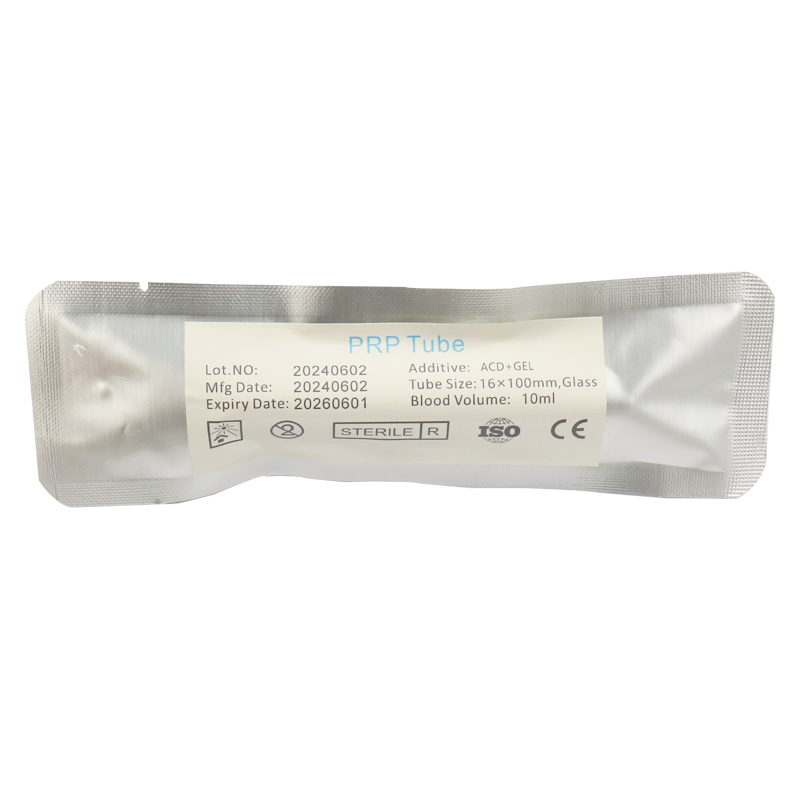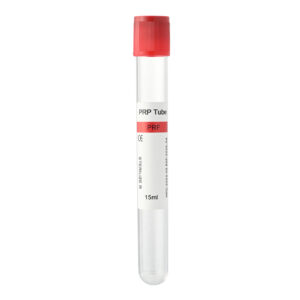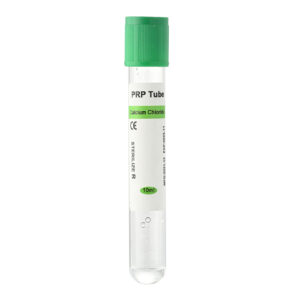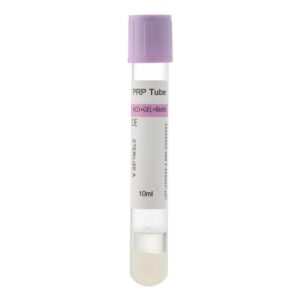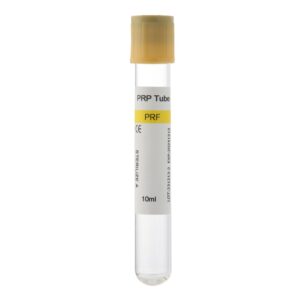What is the Anticoagulant ACD-A in PRP?Platelet-rich plasma (PRP) has gained significant attention recently for its widespread applications in tissue repair, anti-aging, and cosmetic treatments. During the preparation of PRP, the anticoagulant ACD-A (Acid Citrate Dextrose Solution A) plays a crucial role in preventing blood clotting.
Basic Components of ACD-A Anticoagulant
- Citric Acid: By binding with calcium ions in the blood, it prevents the initiation of the coagulation cascade, thereby fundamentally stopping the clotting process.
- Sodium Citrate: Helps stabilize the pH of the solution and further reduces the number of free calcium ions in the blood, enhancing the anticoagulant effect.
- Dextrose: Provides energy to blood cells, particularly maintaining the metabolic activity of platelets during storage and processing outside the body.
The synergistic action of these components makes ACD-A an effective anticoagulant, ensuring the blood remains in a fluid state during PRP preparation.
Application and Mechanism in PRP
The use of ACD-A anticoagulant is vital in various stages of PRP preparation:
- Blood Collection: During the blood draw from the patient, mix ACD-A anticoagulant immediately with the blood. This step is crucial because, without anticoagulant protection before centrifugation, blood clots can form, affecting the separation and quality of PRP.
- Centrifugal Separation: During centrifugation, ACD-A maintains the blood in a liquid state, allowing plasma and blood cells to separate, thus enriching platelets and growth factors. This platelet-rich plasma forms the core of PRP, which promotes tissue repair and regeneration.
- PRP Extraction and Reinfusion: When extracting PRP and preparing for reinfusion into the patient, ACD-A ensures the stability and activity of platelets and other active components during processing, which is critical for therapeutic efficacy.
Advantages of ACD-A Anticoagulant
- Efficient Anticoagulation: The combined action of citric acid and sodium citrate quickly and effectively chelates calcium ions in the blood, preventing clotting and ensuring smooth centrifugation and separation.
- Cell Protection: By providing dextrose, ACD-A supplies the metabolic energy needed for blood cells to maintain their functionality and vitality. This characteristic is particularly beneficial in PRP for protecting the quality of platelets and growth factors.
- Wide Application: Suitable for various PRP preparation methods, highly flexible, and can meet different clinical needs.
Disadvantages of ACD-A Anticoagulant
- Potential Impact on Platelet Function: While chelating calcium, citric acid may also affect certain platelet functions, especially if the handling time is prolonged or the proportion is inappropriate, potentially reducing platelet activity in PRP.
- Changes in Plasma pH: The acidity of ACD-A may alter the pH of plasma, potentially affecting the stability of platelets and growth factors. In some sensitive applications, one needs to particularly note and control pH changes.
- Dependence on Precise Operation: The anticoagulant effect of ACD-A depends on precise mixing ratios and timely handling. Uneven mixing or prolonged handling can affect the anticoagulant effect and PRP quality.
- Possible Discomfort: Some patients may experience local discomfort during the injection of PRP containing ACD-A due to the solution’s acidity and the chelation reaction of calcium ions.
Usage Considerations
- Precise Mixing Ratios: Strictly control the mixing ratio of the anticoagulant to blood to ensure optimal anticoagulant effect, avoiding excessive dilution of the blood or affecting platelet concentration.
- Centrifugation Time and Speed: Optimize the centrifuge time and speed settings according to specific equipment and application purposes to ensure the best separation effect and maintain PRP quality.
- Timely Handling: The entire process, from blood collection to PRP injection, should be as short as possible to maximize the activity and function of the platelets.
Clinical Application and Case Analysis
- Sports Injury Treatment: PRP is commonly used to treat tendinitis, ligament injuries, and other sports injuries. ACD-A anticoagulant ensures the preparation of high-quality PRP, enhancing therapeutic effects and accelerating athlete recovery.
- Orthopedic Treatment: In treating osteoarthritis and cartilage injuries, PRP is favored for its ability to promote tissue repair. ACD-A in PRP preparation ensures the stability of platelet concentration, helping to alleviate pain and improve function.
- Cosmetic and Dermatology: PRP is used in cosmetics and dermatology for facial rejuvenation, hair loss treatment, and more. ACD-A anticoagulant helps provide highly active PRP, enhancing treatment effects.
- Dental Restoration: In dentistry, practitioners use PRP for gum reconstruction and bone regeneration.ACD-A anticoagulant ensures the fluidity of blood and the activity of platelets during preparation, improving repair outcomes.
Through efficient anticoagulant mechanisms and cell protection effects, it ensures the efficient extraction and application of platelets and growth factors. However, its potential disadvantages, such as impacts on platelet function and pH changes, also need careful management in actual use. Understanding these advantages and disadvantages and taking appropriate measures can maximize the benefits of ACD-A in PRP therapy, providing patients with more effective and safe treatment options.

